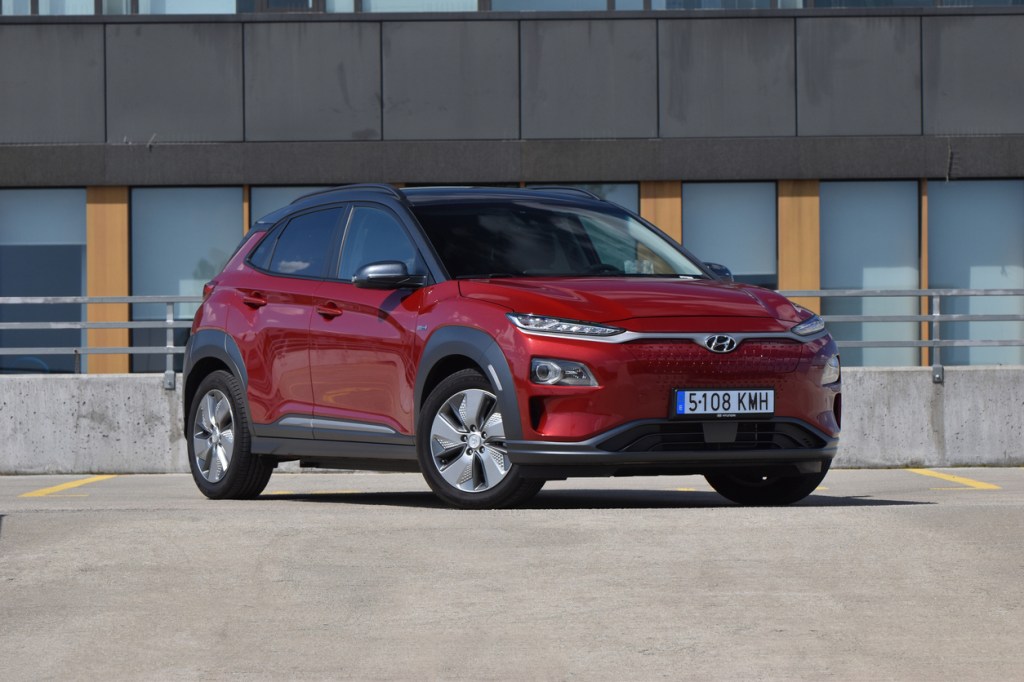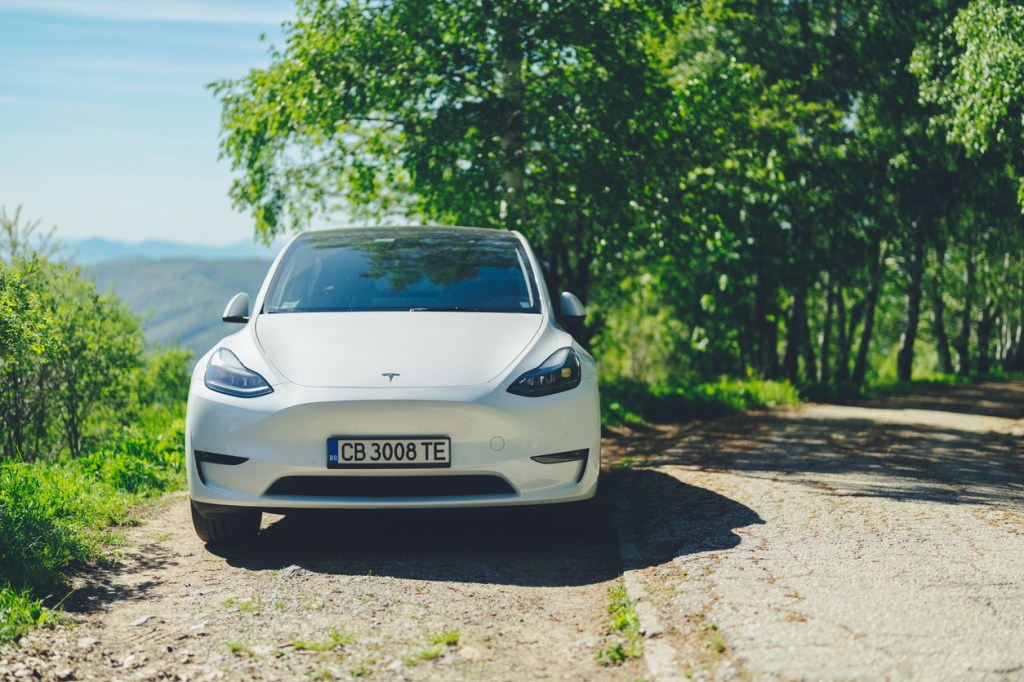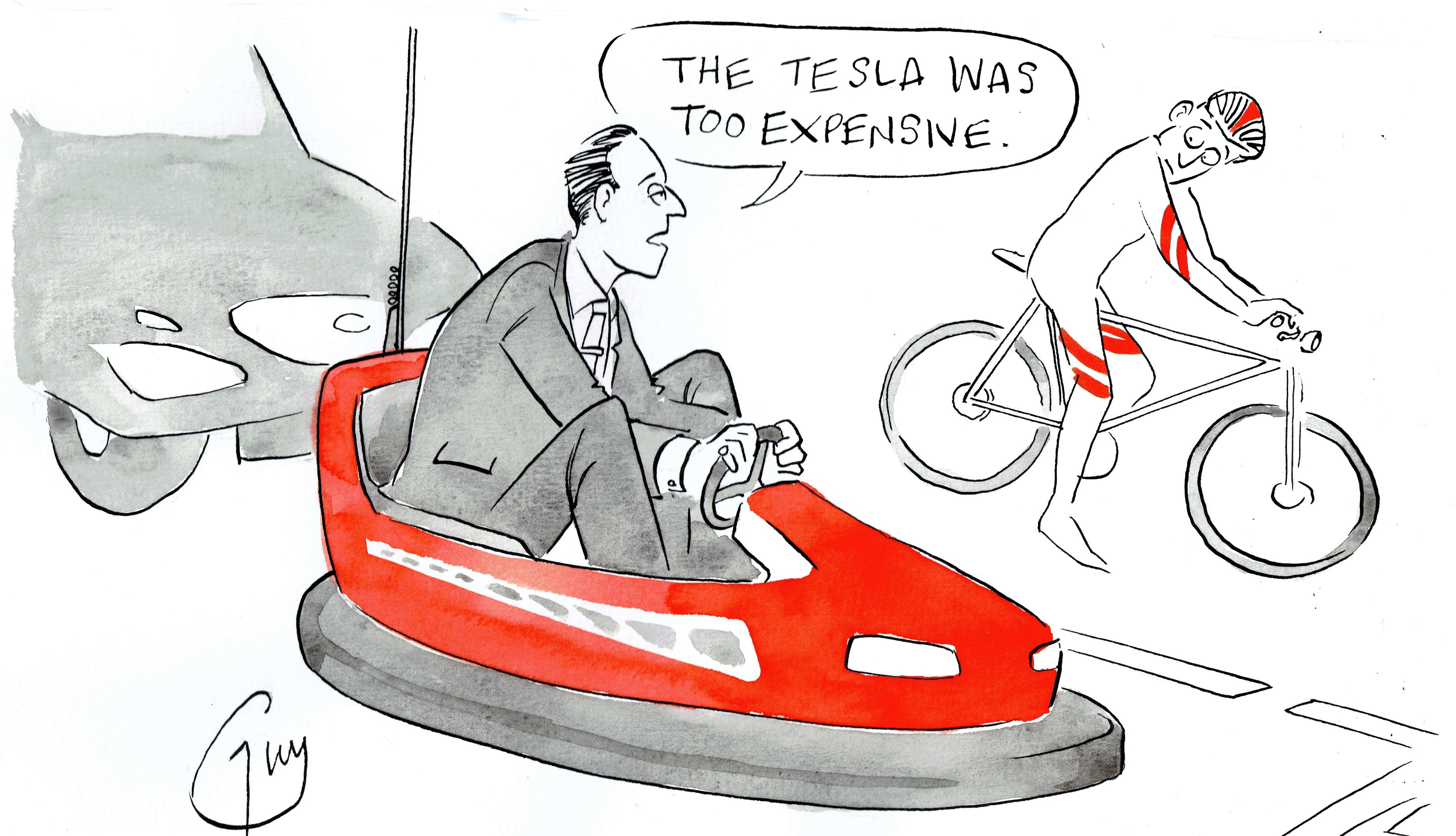In April 2021 I wrote a piece for The Spectator which became the most-read article I have ever had published here. It began with the words: ‘I bought an electric car and wish I hadn’t.’
It was the story of my ill-judged decision to get a Hyundai Kona Electric. I had hoped to use it to virtue-signal, but it turned into the car from hell. Many readers were kind enough to laugh at my self-deprecating jokes.
I’ve always had a soft spot for gadgets. When electric cars started to become available in 2018, I ordered the Kona because it seemed to have a reasonable range of around 400km. It was a hatchback. With the rear seats folded down, it had plenty of room for the dogs. It was delivered a year later – and it proved to be not just the ultimate lemon, but a ticking time-bomb.
After publishing my exegesis and admitting my utter stupidity in ever purchasing this vehicle, I imagined the whole episode might quickly be forgotten. Instead, the piece went viral. The article, albeit aged, is still circulating widely on Facebook and beyond. So perhaps it’s time to offer an update on the Kona – and what happened next.

In the piece I explained that in addition to the numerous secondary drawbacks of the car (including the inability to voyage farther than Montpellier airport without exposure to crippling range anxiety), as a consequence of a fault in the main battery, the Kona suffered from the not inconsiderable problem of having the tendency to spontaneously combust. All over the world, cars similar to mine burst into flames and burned for hours, reducing themselves and everything in the near vicinity to a crisp.
Hyundai’s initial refusal to do anything about this – other than blocking me on Twitter when I complained – subsequently became a reluctant promise to recall all of the early 2019 cars for replacement of the suspect main batteries – an exercise costing €10,000 a car, the most expensive recall in the history of the Korean manufacturer.
I can now report that 20 months after the recall was announced, Hyundai France still refuses to communicate when they will repair my car. Although they seem to have batteries for new ones.
The lessons of this unwise purchase have been numerous. After blowing every circuit-breaker in the house when plugging in the car for the first time, I discovered that road trips were basically utterly impractical and carried the risk of immobilisation and nervous breakdown. Recharging stations were routinely broken, low-powered, scarce and poorly located. The apps didn’t work. And that’s not just in France, where I live: Herbert Diess, father of Volkswagen’s range of electric cars before he was recently sacked, complained that Ionity, Europe’s largest charging-station network, was practically unusable. Ionity is partly owned by VW.
Today the electric car charging networks in France and beyond are twice as good as they were, yet still only half as good as they should be
Update: today, the networks in France and beyond are twice as good as they were, yet still only half as good as they should be. The user hostility of charging remains remarkable. Unlike a petrol station, where you just pull up and stick the nozzle in the tank, charging an electric car can require negotiating a six-step process at complicated and inconsistent charging stations, frequently broken, often delivering much less charge than promised.
Optimism for a rapid solution seems ill-judged. In the rush to ‘net zero’, the number of electric cars is growing more rapidly than available recharging points, creating long waits, especially at big motorway service areas. The business of recharging turned out not to be especially profitable and prices are inflating rapidly as energy costs rise. If in France our cars are mostly powered by nuclear stations, elsewhere the claim that they’re green is highly dubious. Electric cars in Germany run on lignite. In Britain, you’re burning wood chips to keep them running.
It’s not a secret that current subsidies for buying these cars will not endure. Indeed, as petrol sales fall, governments intend to tax them heavily.
The big takeaway from my last piece was, and remains, that it is mad to buy any electric car if you cannot dependably charge it at home or at work, or if you’re not prepared to upgrade to an adequate electric supply so that you might charge your car and simultaneously boil the kettle.
In fairness, it has to be said that electric cars are dramatically more fun to drive than petrol cars – much less fatiguing because they are so quiet, and they are extremely fast, with dramatic acceleration. But you better understand the limitations before buying one.

As for me, I appear not to have learned my lesson. Far from having been appalled by the experience of my first electric car, I have bought another one – this time a Tesla, the ultimate car for the green poseur. It was made in Shanghai. The car is rattle-free and the body seams and paint seem perfect.
I just did a 1,500km road trip in it and charging at Tesla’s own super-reliable fast chargers wasn’t a problem at all. No QR codes. No cards. No anguished phone calls to the Ionity help desk. Simply plug it in. There’s no range anxiety at all. The car is also very clever, in addition to being terrifyingly quick. You don’t need to do much with the big screen. You just talk to it and tell it what to do.
I have had it three months and already had two speeding tickets, so I’m putting it in ‘chill’ mode. Hate Elon Musk all you want, but the risk of this one bursting into flames seems low.







Comments